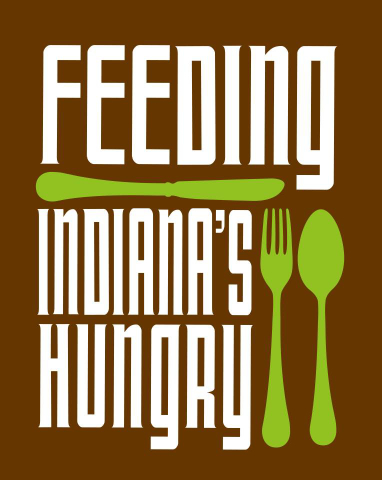 4.1 percent) struggled against hunger over a three year average from 2011-2013, according to a new report released yesterday by the U.S. Department of Agriculture’s (USDA) Economic Research Service. This number was unchanged (in terms of statistical significance) from the previous three year average from 2008-2010, when 13.0 percent were considered to be food insecure. The rate is, however, well above the 9.2 percent from 2005-2007 before the recession.
4.1 percent) struggled against hunger over a three year average from 2011-2013, according to a new report released yesterday by the U.S. Department of Agriculture’s (USDA) Economic Research Service. This number was unchanged (in terms of statistical significance) from the previous three year average from 2008-2010, when 13.0 percent were considered to be food insecure. The rate is, however, well above the 9.2 percent from 2005-2007 before the recession.The very low food security rate – describing households that faced deeper struggles with hunger – was 6.1 percent in the 2011-2013 average, compared to the pre-recession average of 3.6 percent from 2005-2007.
Nationally, more than 17.5 million American households (14.3 percent) struggled with hunger in 2013, where an annual estimate is calculated. The 2013 numbers were unchanged (in terms of statistical significance) from the 2012 rate, when 14.5 percent were considered to be food insecure, but a slight dip from the 2011 rate of 14.9 percent. The rate is, however, far above the 11.1 percent rate in 2007, before the recession.
“Hunger continues to impact Hoosiers and is not declining,” said Emily Weikert Bryant, Executive Director of Feeding Indiana’s Hungry. “The help provided by our member food banks goes far to serve our neighbors who are struggling, but hunger is a problem that simply should not exist in this nation and in our state of agricultural abundance. We have more than enough food to meet the need of every American. But we need to better ensure that people can access a safe and healthy diet to do well in the workplace or at school, improve health and wellbeing, and eliminate the fear and uncertainty of not knowing from where or when the next meal will come.”
“To move the needle on hunger we must boost the cooperation of both the public and private sectors,” said Bryant. “Both are necessary to prevent any Hoosier from going to bed with an empty stomach.”
Other national findings from the USDA report include:
- 19.5 percent of households with children were considered to be food insecure in 2013.
- Food insecurity rates for Black and Hispanic households were substantially above the national average, with 26.1 percent of Black households and 23.7 percent of Hispanic households reporting they struggled against hunger in 2013.
- Food insecurity rates ranged from 21.2 percent in Arkansas and 8.7 percent in North Dakota for the period of 2011 to 2013, showing that no corner of the country is immune from this struggle. For state food insecurity rates, USDA uses three year averages for states to obtain adequate sample sizes.
Since 1995, the United States Department of Agriculture, using data from surveys conducted annually by the Census Bureau, has released estimates of the number of people in households that are food insecure. Food insecure households are those that are not able to afford an adequate diet at all times in the past 12 months. The report also includes food insecurity rates for each state, but for states it uses three-year averages to give a better estimate of the number of households experiencing food insecurity. Experts agree that the Census/USDA measure of food insecurity is a conservative one, with the result that only households experiencing substantial food insecurity are so classified.



